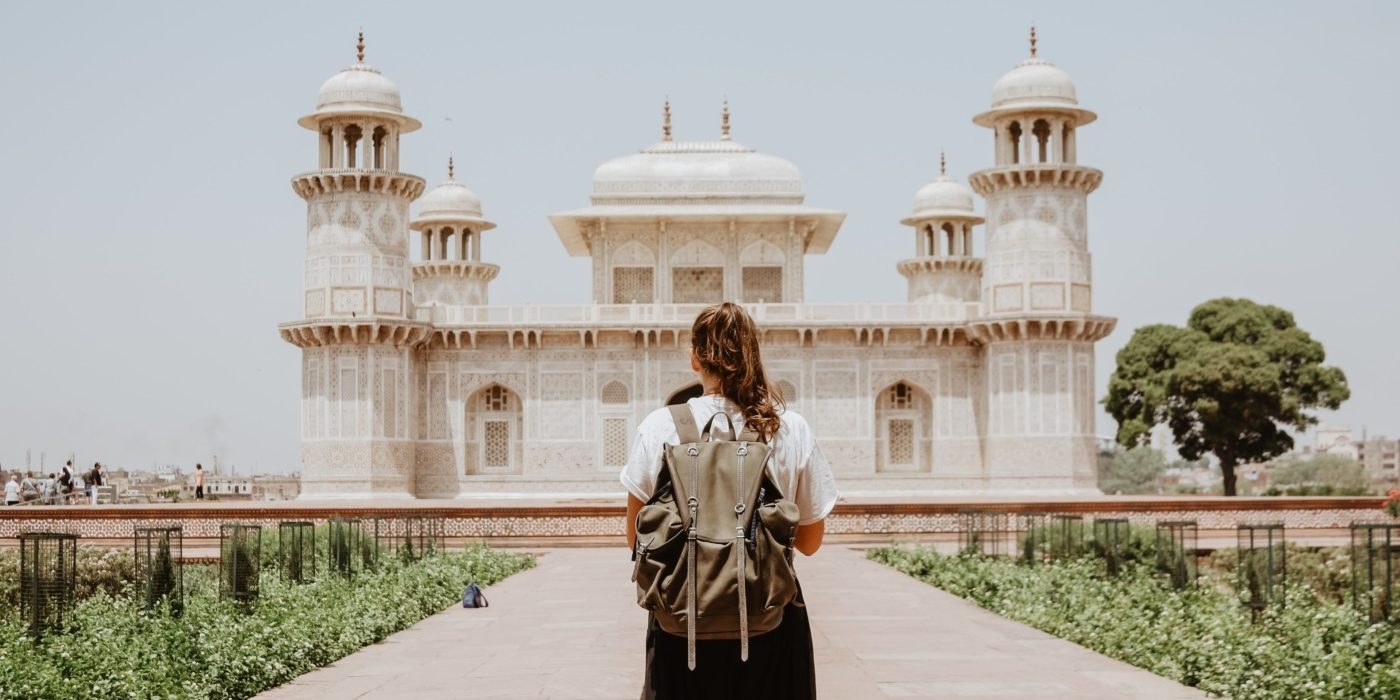Places of worship are divine tourist destinations
The feeling of getting away from the city noise and being in a sacred place of worship, beautiful and forever unique, never ceases to amaze. Even swarming with people, religious buildings welcome peace and reflection. After all, they were specially designed to bring people closer to their spirituality. However, does this mean that they should be visited only by devoted followers?
It is the case that some religious buildings remain closed to tourists holding different beliefs. However, many more have their doors open to all and actively encourage visitors to come. Their hospitality could serve world peace, as visitors gain an insight into how people practice their faith and what it entails.
This is key for religious tolerance, which is still desperately needed: we know that the vast majority of people globally identify with a religious group, with estimates pointing to 85%. We need to educate ourselves regarding various belief systems to enrich our understanding of this diverse world.
Moreover, the value of places of worship lies far beyond their religious function. Many religious buildings are architectural gems, designed under the influence of local culture and history. Enormous amounts of money and the finest resources were pumped into building sites that are an earthly imitation of the divine glory. Many are simply spectacular, a gift from previous generations that we can admire hundreds of years on.
For all these reasons, I remember being very surprised at the fact that many people do not frequently visit religious buildings when exploring European cities. I like to visit even the relatively obscure places of worship, the kind we pass on our journey without having planned it. There is no need to limit our visits to “must-see attractions” like St. Paul’s Cathedral in London — while not all religious buildings are grand, every single one is in some ways remarkable. Seeing a desolate interior of a church in Cuba or a modest church in a French countryside was to me as memorable as the golden interiors of Italian baroque.
I was welcomed at the mosque’s interfaith dialogue centre with sweet dates and strong Arabic coffee, where I could chat with friendly Omani people about their faith and culture.
Soon, I began to venture to countries where Christianity was not the dominant religion. I found myself uneasy at the prospect of entering the worship place of a faith I’m not familiar with. I worried that I would unintentionally offend someone by committing a faux-pas. Perhaps, I would even be seen as interrupting, coming in uninvited. I overcame this by realising two things.
Firstly, if the religious community allows everyone to enter, it is by a conscious choice. Members of the religious community are well aware that visitors see their place of worship through a different perspective but are happy to give an insight into their world. They also have the freedom to set rules, restrictions, and communicate their expectations. For example, it is a relatively common practice for churches to ban visits during a mass (a prayer service) and restrict visitors from entering certain areas.
Secondly, even basic research and some preparation can truly boost confidence and make the visit more comfortable. For example, when I travelled to Georgia, a country with many Orthodox Christian monasteries, I found myself unsure if women in this religious denomination were expected to cover their hair while in church. I decided to research it further, (Lonely Planet, Trip Advisor, travel blogs, and other forums are a good source of information), which usually does the trick. Yet, since what I found was still slightly ambiguous, I packed a shawl just in case — it was not necessary, but gave me the needed peace of mind.
Over the last few years I had the chance to visit the places of worship of all major Christian denominations, Islam, and Judaism, and I am looking forward to seeing more.One of my fondest memories is exploring the Grand Mosque of Sultan Qaboos during my trip to Oman. I was stunned by the blend of Islamic, Middle Eastern, and Omani architectural styles. There were colourful mosaics, beautiful carpets, and a grand chandelier. During the visit, I was welcomed at the mosque’s interfaith dialogue centre with sweet dates and strong Arabic coffee, where I could chat with friendly Omani people about their faith and culture. The visit was so fascinating that I decided to change my travel plans to visit it again the following day!
If you think that entering a place of worship while sightseeing is a boring waste of time, or even worse, that you shouldn’t do it simply because you do not affiliate with that religion, think again. In reality, you could end up gaining an invaluable insight into the local culture, all while exploring breathtaking architecture.

Comments